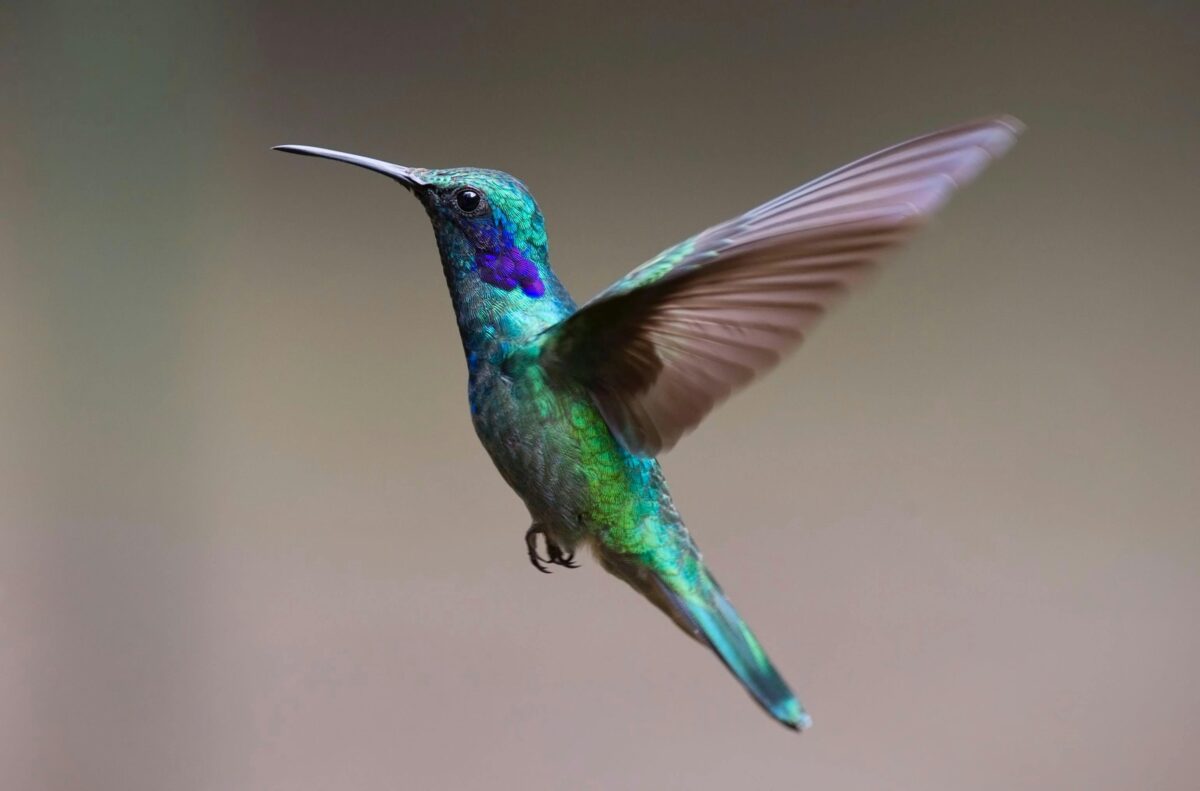Watching hummingbirds zip and hover through your garden is one of nature’s greatest delights. These tiny, energetic birds have incredibly fast metabolisms and need a steady source of fuel to thrive especially during migration and breeding seasons. While there are plenty of store-bought nectars on the market, making your own hummingbird food at home is not only easy and budget-friendly, but it’s also the healthiest and safest option for your feathered visitors.
Why Homemade Nectar Is Better for Hummingbirds
Store-bought hummingbird nectar often contains unnecessary additives like red food coloring, preservatives, or artificial sweeteners. These ingredients can be harmful to hummingbirds over time, potentially causing digestive issues or disrupting their natural feeding patterns. Homemade nectar, on the other hand, closely mimics the natural sucrose found in flower nectar and gives you full control over what the birds are consuming.
Classic Hummingbird Food Recipe (4:1 Ratio)
Creating homemade hummingbird nectar is a breeze. All you need is white granulated sugar and water. The perfect ratio mimics the natural sugar concentration found in the flowers hummingbirds love.
Ingredients:
- 1 cup white granulated sugar
- 4 cups clean, hot water (tap is fine if safe to drink)
Instructions:
- Measure & Mix: In a clean container or bowl, mix 1 part sugar with 4 parts hot water. Stir until the sugar is completely dissolved.
- Cool: Allow the nectar to cool to room temperature before filling your feeder. Never use boiling-hot liquid directly in feeders.
- Store Leftovers: Pour any unused nectar into a clean glass or plastic container with a lid. Store in the refrigerator for up to one week.
Important Notes:
- Do not use honey, brown sugar, agave, artificial sweeteners, or molasses — these can ferment quickly or harm hummingbirds.
- Skip food coloring. Red dye is unnecessary and potentially dangerous. Most feeders already have red elements that attract birds naturally.
How Often to Refill & Clean Feeders
Cleanliness is essential when feeding hummingbirds. Nectar can spoil quickly, especially in warm weather, and mold or bacteria can make birds sick.
Cleaning Guidelines:
- In warm weather (above 85°F): Clean and refill your feeder every 1–2 days.
- In cooler weather: Every 3–5 days is sufficient.
- Use hot water and a bottle brush to scrub all parts of the feeder. Avoid using soap unless rinsed thoroughly, as residue can be harmful to birds.
- Rinse well and dry before refilling with fresh nectar.
Best Tips for Attracting Hummingbirds to Your Yard
Creating a hummingbird-friendly habitat is about more than just feeders. Here’s how to make your outdoor space irresistible to these flying jewels.
1. Choose the Right Feeder Spot
- Hang feeders in shady or partially shaded areas to slow spoilage.
- Place them near flowering plants or shrubs that provide natural nectar and shelter.
- Keep feeders high enough to avoid interference from cats or other predators.
2. Plant Nectar-Rich Flowers
Bright, tubular flowers are hummingbird favorites. Try planting:
- Bee balm
- Salvia
- Cardinal flower
- Trumpet vine
- Fuchsia
These native blooms will keep your yard buzzing with activity and help provide natural nutrition alongside your feeder.
3. Add Water Features
Hummingbirds love shallow misters, fountains, or dripping leaves for bathing. A gentle water source can entice them to stick around longer.
4. Keep the Area Safe
Avoid using pesticides or herbicides in areas where hummingbirds feed. Even small doses can be toxic. Natural gardening methods are safer for both birds and pollinators.
Signs of a Healthy Feeding Setup
A well-maintained feeding station should:
- See regular hummingbird visits, especially at dawn and dusk.
- Have clear, fresh nectar with no cloudy appearance or odor.
- Stay free from mold buildup and dead insects inside the feeder.
- Encourage repeat visits and possibly territorial behavior (a good sign of loyalty).
Final Thoughts
Feeding hummingbirds isn’t just about putting up a feeder, it’s about creating a reliable, clean, and inviting environment that supports these amazing creatures. By making your own nectar and caring for your feeder regularly, you’re helping ensure that hummingbirds stay healthy and energized all season long.
So grab that sugar, fill up your feeder, and enjoy the daily acrobatics of these tiny wonders right in your backyard. Happy birdwatching!
